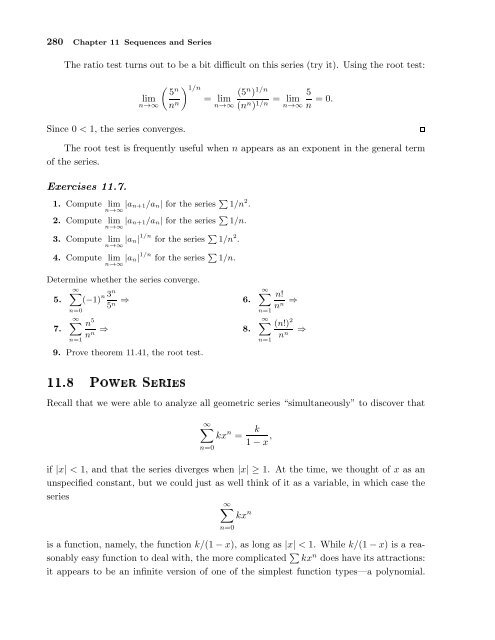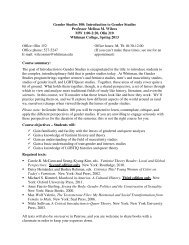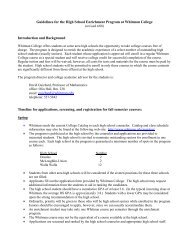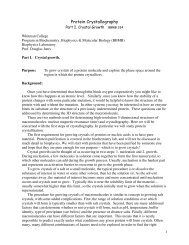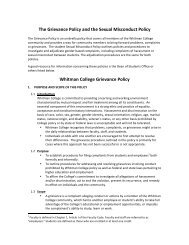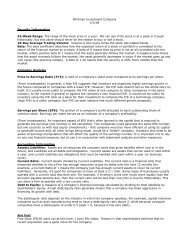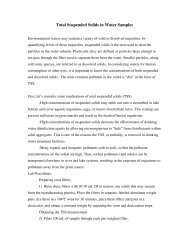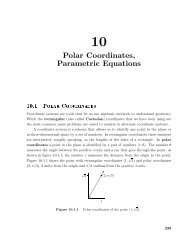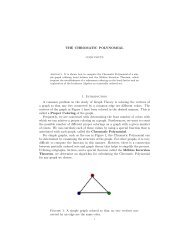Sequences and Series
Sequences and Series
Sequences and Series
Create successful ePaper yourself
Turn your PDF publications into a flip-book with our unique Google optimized e-Paper software.
280 Chapter 11 <strong>Sequences</strong> <strong>and</strong> <strong>Series</strong>The ratio test turns out to be a bit difficult on this series (try it). Using the root test:Since 0 < 1, the series converges.( ) 5n 1/n(5 n ) 1/n 5lim = lim = limn→∞ n n n→∞ (n n )1/n n→∞ n = 0.The root test is frequently useful when n appears as an exponent in the general termof the series.Exercises 11.7.1. Compute limn→∞ |a n+1/a n | for the series ∑ 1/n 2 .2. Compute limn→∞ |a n+1/a n | for the series ∑ 1/n.3. Compute limn→∞ |a n| 1/n for the series ∑ 1/n 2 .4. Compute limn→∞ |a n| 1/n for the series ∑ 1/n.Determine whether the series converge.∞∑5. (−1) n 3 n5 ⇒ 6. ∑ ∞n!n n ⇒ n½½ºn=0n=1∞∑ÈÓÛÖËÖ×n 5∞7.n ⇒8. ∑ (n!) 2n n ⇒ nn=1n=19. Prove theorem 11.41, the root test.Recall that we were able to analyze all geometric series “simultaneously” to discover that∞∑n=0kx n = k1−x ,if |x| < 1, <strong>and</strong> that the series diverges when |x| ≥ 1. At the time, we thought of x as anunspecified constant, but we could just as well think of it as a variable, in which case theseries∞∑kx nn=0is a function, namely, the function k/(1−x), as long as |x| < 1. While k/(1−x) is a reasonablyeasy function to deal with, the more complicated ∑ kx n does have its attractions:it appears to be an infinite version of one of the simplest function types—a polynomial.


